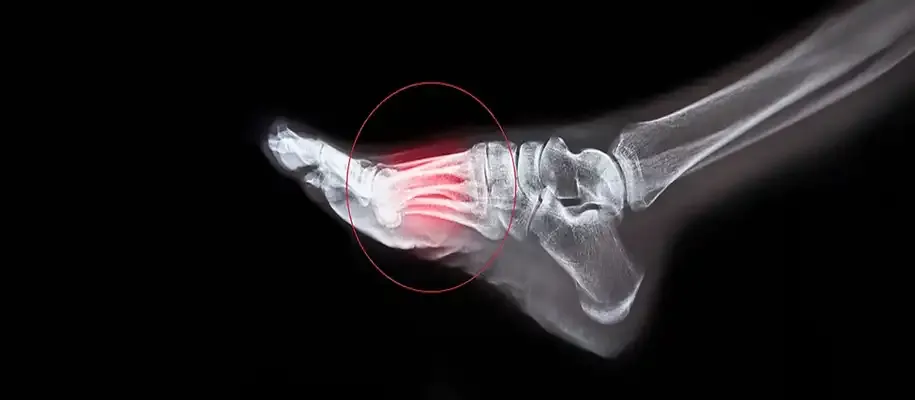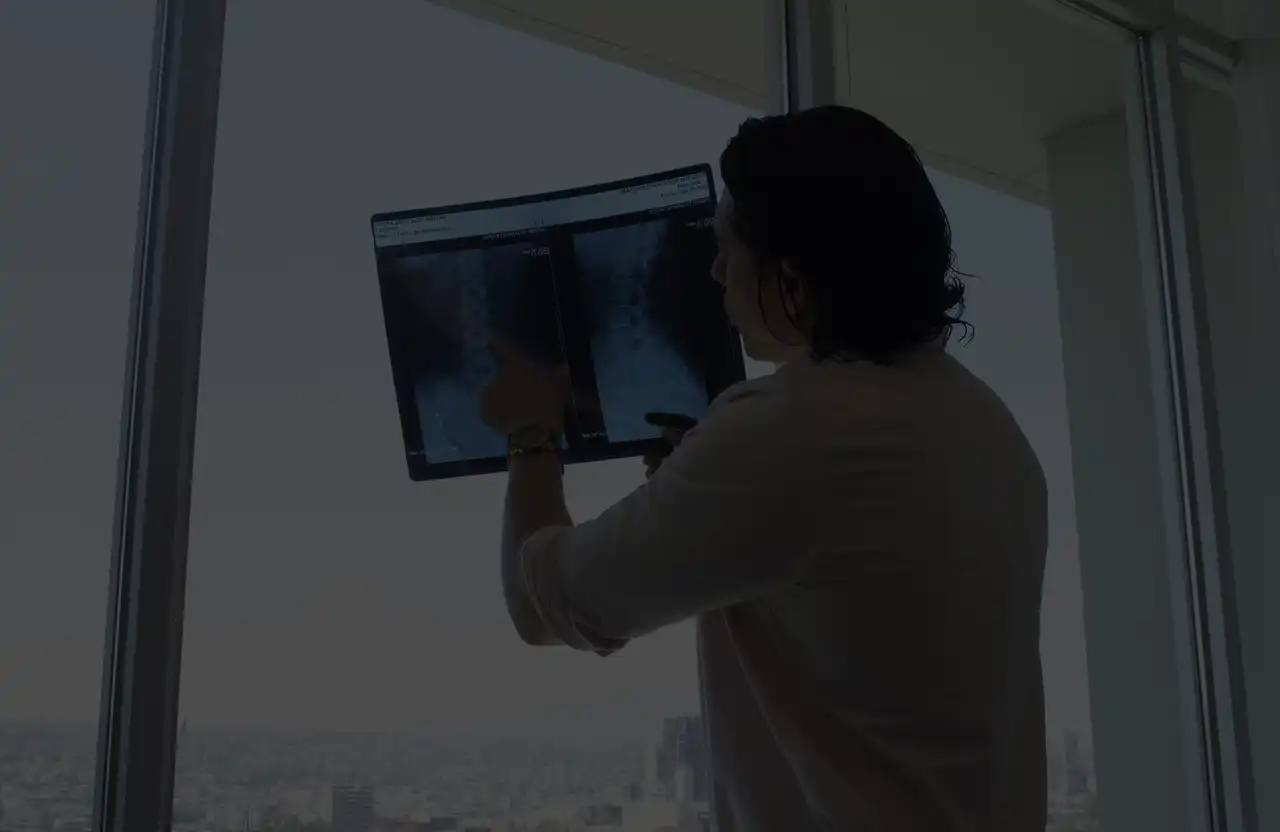What is osteoporosis and how does it affect the body?
Osteoporosis is a condition in which bones become more fragile and prone to fractures due to an imbalance in the bone remodeling process. Instead of maintaining the calcium and phosphate needed for their density and strength, the bone reabsorbs these minerals excessively, weakening its structure.
This condition affects both men and women, with the highest incidence occurring after middle age. However, women are 4 times more likely to develop it due to hormonal conditions related to menopause.
It's a condition that doesn't produce visible symptoms, which is why it's known as silent. One might only become aware of it when a bone fractures, which usually occurs in the hip, spinal vertebrae, and wrist.
Causes of osteoporosis
Low body weight and thin bones: People with these characteristics are at risk of developing this condition.
Heredity: If any family member has a history of osteoporosis, the risk increases.
Hormonal changes: The decrease in estrogen after menopause.
Diet: A diet deficient in calcium, proteins and vitamins including vitamin D increases the risk of bone loss and osteoporosis.
Medications: Certain long-term medications have side effects on bone health.
Lifestyle: Bad habits like smoking, drinking alcohol, and being sedentary can affect bone health.

How is osteoporosis diagnosed and measured?
The study to assess bone density is called bone densitometry. Bone mineral density is the amount of mass per unit volume or per unit area. The objective of BMD is to provide a diagnosis or prognosis.
According to the bone mineral content, we can divide the clinical stages of Osteoporosis into phases:
Normal: bone mineral density -1 standard deviation.
Osteopenia or low BMD: bone mineral density between -1 and -2.5 standard deviations.
Osteoporosis: bone mineral density -2.5 standard deviations.
Established osteoporosis or with fracture: bone mineral density below 2.5.
The results are obtained through the FRAX calculation, a tool that allows calculating the fracture risk based on densitometry and clinical history.

Types of osteoporosis
Juvenile idiopathic osteoporosis: Bone demineralization appears between 8 and 12 years old, characterized by back, foot and extremity pain, difficulty walking, usually resolves with treatment and after puberty.
Type I osteoporosis: Occurs in postmenopausal women due to lack of estrogen.
Type II osteoporosis: Caused by aging.
Treatment
The approach depends on each case. The most prescribed medications are bisphosphonates that inhibit bone resorption, along with denosumab injections, all complemented with a nutritional plan rich in calcium, vitamin D, Omega 3 and supplements. Another approach to this condition is hormone replacement therapy, which will be a treatment carried out by an endocrinologist to administer the most appropriate medication.
Recommendations
Diet and supplementation
Avoid smoking
Perform resistance and strength exercises
Avoid alcohol consumption
Use appropriate shoes to reduce the risk of falls and impacts that could cause serious injury or fracture
Adapt spaces: With adequate lighting, grab bars in showers, stairs and non-slip soles.
